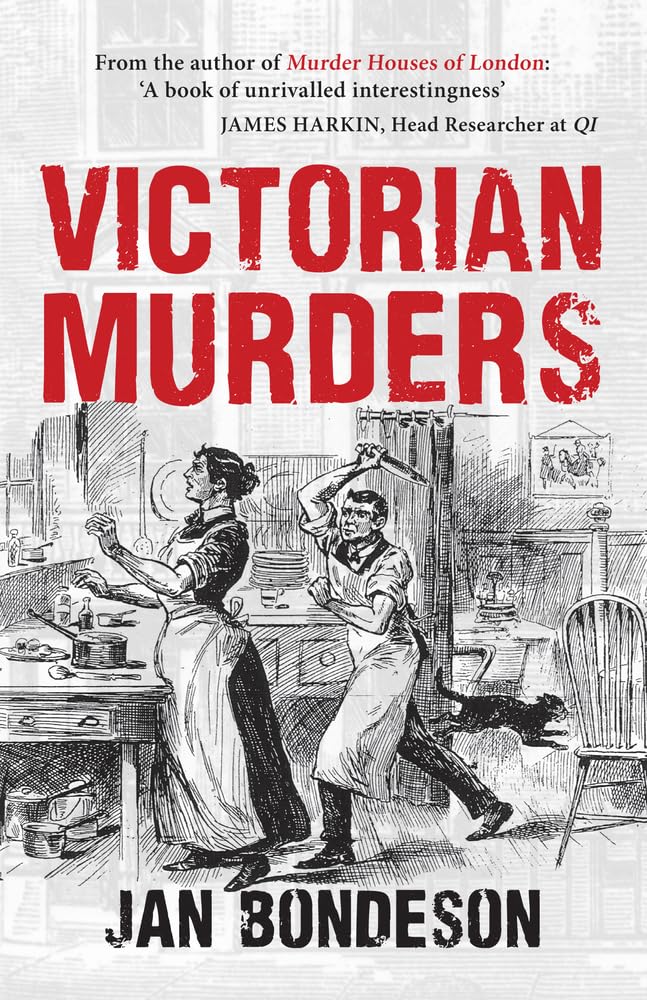Liverpool Sound and Vision Rating 8.5/10

Long after we have left this mortal coil, the stains of those murdered and the memories of what have been will linger on; we will mourn the passing of the innocent soul as much as we will be damned for failing to clean the blood spilled from inside houses that were meant to be safe, secure, sheltered from the storms of jealousy, rage, and devilish intent.
Murder in the modern era is shocking, a terrorist outrage, a senseless killing in the name of a god, these are moments that grab headlines, that still sell newspapers and fuel the immediacy of social media’s wrath, that play to the crowd’s lust for what is in effect the descent of social belief.
This is nothing new though, since the masses have had the opportunity to be schooled and read in copious amounts, access, if the pocket could afford it, of all the latest cases that part thrilled and titillated the readers, that put the fear of God into the populace as they took in the gruesome details of the latest case in London or elsewhere in the country that dealt with the taking of another’s life.
The Victorian era, for its all its pretence of being an enlightened age, filled with innovation and mechanical revolution, was without a pretence a society conditioned to be bold and see sacrifice as a worthwhile pursuit of capitalism, of being a winner in life. The other side of this desperate coin was the squalor, the damnation bought in to the world as the chaos of collisions of ideology, as the spectre of Victorian Murders raised its head and took advantage of the populace’s fascination with brutal death over their morning breakfast.
What the author Jan Bondeson unearths in her matchless investigations across a period of time to when if social historians and criminologists would have you believe was all about Jack The Ripper, is a foundation stone to which the Victorians found murder almost everywhere, in the fields of England, inside private dwellings, the kitchens, the living rooms filled with the gentility of the age; and even by the standard of modern depravity, the reader is shown a grisly and often repugnant tale of woe and senseless slaughter.
The cases highlighted across the book are worthy of their own examination, some are shown to be almost bordering on the macabre, and a handful are of pity, of bowing the head in shame even after 150 years of slowly being forgotten by time.
It is to Jan Bondeson’s determination to augment and intensify the justification of seeing the murderous world of the 19th Century as one far more depraved than just some cloak wearing homicidal madman garnering the attention of the armchair detective that Victorian Murders is such an intriguing delve into the mind of our collective ancestors; indeed it could be argued that murder and our reaction to it is what separates us from a collective implosion of decency, and Jan Bondeson understands this without fear of being overturned in their opinion.
An index of long forgotten murders that had people of all nations in the Victorian era addicted for the need of constant titillation and addressed by the nature of the Illustrated Police News which acted as a kind of precursor to the more scurrilous and insulting newspapers of the late 20th Century.
Ian D. Hall